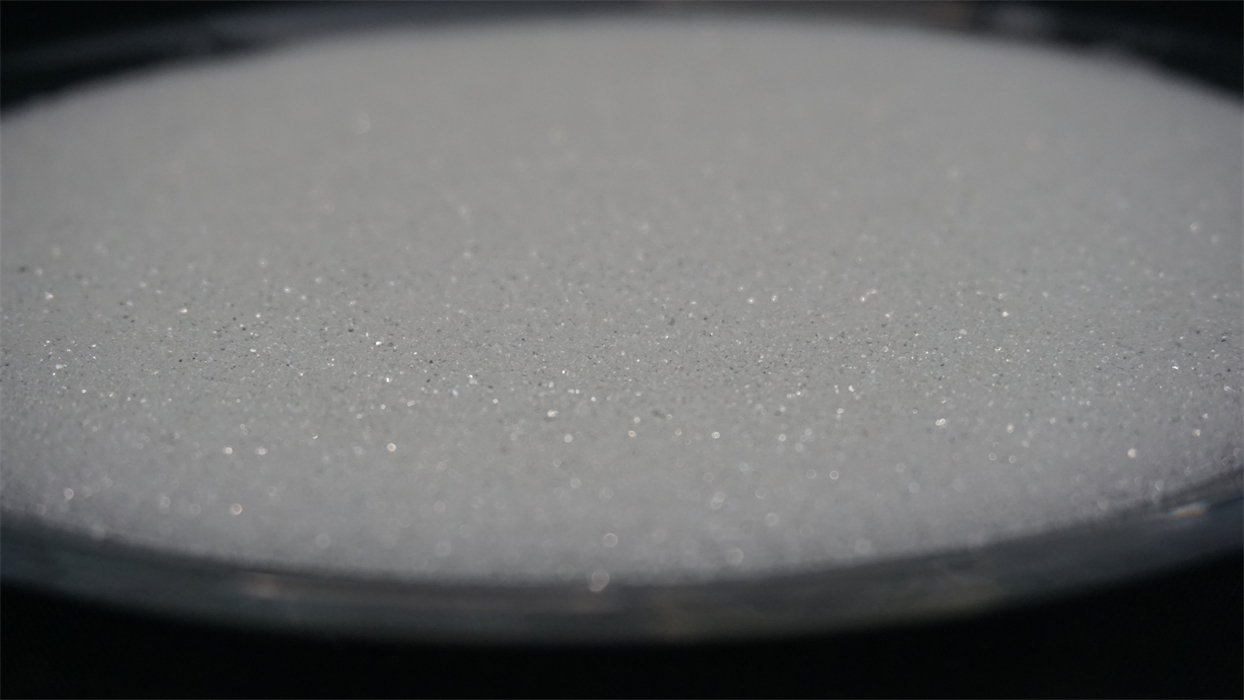
In the ever-evolving world of manufacturing, the quest for materials that enhance performance, durability, and cost-efficiency is relentless. Among the most exciting developments in recent years is the use of glass beads as fillers. These tiny, spherical marvels are revolutionizing various industries, offering a host of benefits that go beyond traditional fillers. This blog explores the incredible advantages of using glass beads as fillers in manufacturing, shedding light on why they are becoming a preferred choice for many applications.
Understanding Glass Beads and Their Unique Properties
What Are Glass Beads?
Glass beads are small, spherical particles made from glass. They are typically composed of soda-lime glass, which is renowned for its strength, chemical inertness, and thermal stability. The beads come in various sizes, typically ranging from a few micrometers to several millimeters in diameter.
Key Properties of Glass Beads
The unique properties of glass beads make them particularly suitable as fillers in manufacturing:
- High Strength: Their spherical shape and uniform size distribution contribute to their robustness.
- Chemical Inertness: Glass beads do not react with most chemicals, ensuring stability in various environments.
- Thermal Stability: They can withstand high temperatures without deforming or degrading.
- Low Density: Despite their strength, glass beads are relatively lightweight, which can be advantageous in specific applications.
The Multifaceted Advantages of Using Glass Beads as Fillers
Enhanced Material Properties
Improved Mechanical Strength
One of the primary advantages of using glass beads as fillers is the enhancement of mechanical properties:
- Increased Tensile Strength: The incorporation of glass beads can significantly improve the tensile strength of composite materials, making them more resistant to stretching and breaking.
- Enhanced Impact Resistance: Materials filled with glass beads exhibit better resistance to impact, reducing the likelihood of damage under stress.
Dimensional Stability
Glass beads help in maintaining the dimensional stability of materials:
- Reduced Shrinkage: By minimizing shrinkage during curing and cooling processes, glass beads help maintain the shape and dimensions of the final product.
- Improved Consistency: The uniform size and shape of glass beads ensure consistent distribution within the material, leading to uniform properties throughout the product.
Cost-Efficiency
Material Savings
Using glass beads as fillers can lead to significant cost savings:
- Reduced Material Usage: The lightweight nature of glass beads allows for the reduction of the amount of base material required, leading to cost savings in material expenses.
- Lower Production Costs: The incorporation of glass beads can streamline manufacturing processes, reducing time and labor costs.
Extended Product Life
Products enhanced with glass bead tend to have longer lifespans:
- Durability: The improved mechanical properties and resistance to wear and tear contribute to the extended durability of products, reducing the need for frequent replacements.
- Maintenance Savings: Longer-lasting products require less maintenance and fewer replacements, leading to overall cost savings.
Environmental Benefits
Reduced Environmental Impact
The use of glass bead can contribute to more environmentally friendly manufacturing practices:
- Non-Toxic and Inert: Glass bead are non-toxic and chemically inert, posing minimal environmental risks.
- Recyclability: Glass bead can be recycled and reused, reducing waste and promoting sustainability.
Energy Efficiency
Glass bead can enhance the energy efficiency of manufacturing processes:
- Lower Processing Temperatures: The thermal stability of glass bead allows for lower processing temperatures, reducing energy consumption.
- Reduced Weight: Lighter materials often require less energy for transportation and handling, further contributing to energy savings.
Versatility in Applications
Wide Range of Uses
Glass bead are incredibly versatile and can be used in various manufacturing applications:
- Plastics and Polymers: They are commonly used as fillers in plastic and polymer composites, enhancing strength and stability.
- Coatings and Paints: Glass bead improve the durability and finish of coatings and paints, providing better wear resistance and aesthetic appeal.
- Construction Materials: In concrete and other construction materials, glass bead enhance strength and reduce weight.
Customization Potential
Manufacturers can customize glass bead to meet specific needs:
- Size and Shape: Glass bead can be produced in different sizes and shapes to suit various applications.
- Surface Treatments: They can be treated to improve adhesion or compatibility with other materials, enhancing their performance in specific contexts.
Comparative Analysis: Glass Beads vs. Traditional Fillers
To further highlight the advantages of glass bead, let’s compare their properties and benefits with traditional fillers:
| Property/Benefit | Glass Beads | Traditional Fillers |
|---|---|---|
| Mechanical Strength | High, improves tensile and impact resistance | Variable, often less effective |
| Dimensional Stability | Excellent, reduces shrinkage | Moderate, can lead to inconsistencies |
| Cost-Efficiency | High, due to material savings and durability | Variable, often higher long-term costs |
| Environmental Impact | Low, recyclable and non-toxic | Higher, may pose environmental risks |
| Versatility | High, suitable for a wide range of applications | Limited, often specific to certain uses |
| Energy Efficiency | Better, due to lower processing temperatures | Variable, often higher energy requirements |
Real-World Applications and Success Stories
Automotive Industry
In the automotive industry, glass bead are used as fillers in various components, leading to:
- Improved Fuel Efficiency: The lightweight nature of glass bead-filled materials contributes to overall vehicle weight reduction, enhancing fuel efficiency.
- Enhanced Safety: The improved mechanical strength and impact resistance of materials filled with glass bead enhance the safety and durability of automotive components.
Aerospace Industry
The aerospace industry benefits from the use of glass bead in several ways:
- Weight Reduction: The lightweight properties of glass bead contribute to the reduction of aircraft weight, improving fuel efficiency and performance.
- Thermal Stability: Glass bead provide the necessary thermal stability for materials used in high-temperature environments, such as jet engines and spacecraft.
Consumer Goods
In the production of consumer goods, glass bead enhance product quality and durability:
- Electronics: Glass bead are used in electronic components to improve thermal management and mechanical stability.
- Sporting Goods: The incorporation of glass bead in sporting equipment, such as tennis rackets and golf clubs, improves performance and durability.




